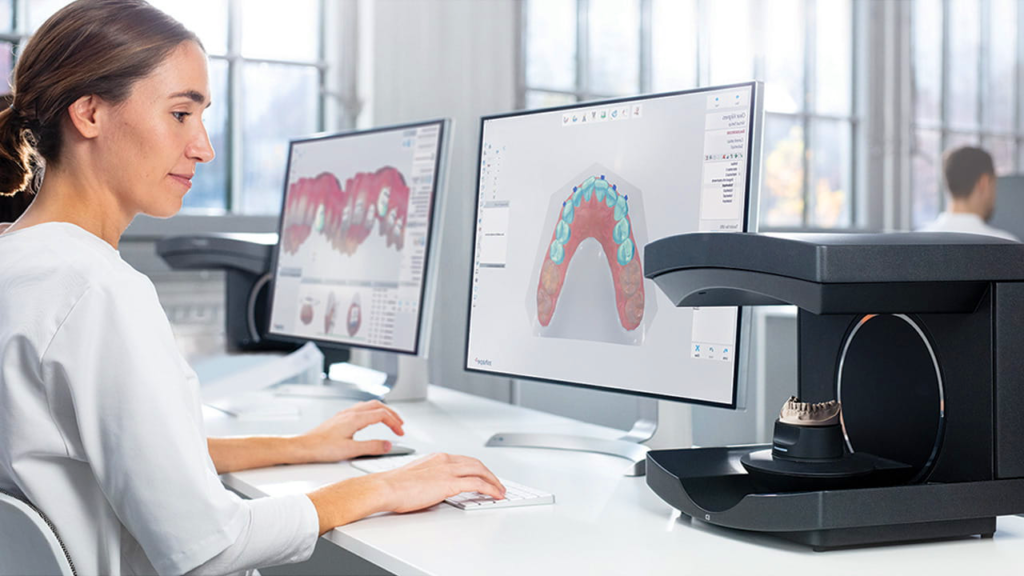
Using computer-aided design (CAD) and computer-aided manufacturing (CAM) software in production operations offers several benefits. Here are some key advantages:
1. Enhanced Design Capabilities: CAD software enables engineers and designers to create detailed and accurate 2D and 3D models of products. This enhances the design process by providing advanced tools for visualization, geometric modeling, and assembly simulations. CAD software allows for efficient exploration of design alternatives, leading to improved product quality and reduced design time.
2. Improved Precision and Accuracy: CAD software ensures precise measurements, alignments, and tolerances in product designs. This helps minimize errors, inconsistencies, and rework during the manufacturing process. The accurate representation of components and assemblies in CAD models facilitates seamless integration with CAM systems.
3. Efficient Manufacturing Planning: CAM software enables efficient planning and optimization of manufacturing processes. It provides tools for generating toolpaths, selecting cutting tools, and simulating machining operations. CAM software also optimizes tool movements, material usage, and production sequencing, resulting in reduced setup time, enhanced efficiency, and improved production quality.
4. Increased Productivity: CAD and CAM software streamline production operations and reduce manual tasks. Automation features in CAM software allow for the creation of machine-readable code, eliminating the need for manual programming. This saves time, reduces human errors, and boosts overall productivity in the manufacturing process.
5. Enhanced Collaboration and Communication: CAD and CAM software facilitate seamless collaboration between design and manufacturing teams. Design changes and updates made in CAD models can be directly communicated to CAM systems, ensuring consistency and reducing misinterpretation. This improves communication, minimizes errors, and fosters efficient collaboration between different departments involved in production operations.
Cadem: Capsturn 10
6. Reduced Lead Times: The use of CAD and CAM software accelerates the product development cycle by enabling parallel design and manufacturing activities. The seamless transfer of design information from CAD to CAM systems eliminates delays associated with manual data entry or translation. This reduces lead times, allowing businesses to bring products to market faster and stay competitive.
7. Cost Optimization: CAD and CAM software help optimize manufacturing costs by minimizing material waste, reducing rework, and improving resource utilization. With the ability to simulate and analyze manufacturing processes, businesses can identify bottlenecks, optimize production sequences, and improve efficiency, resulting in cost savings.
8. Flexibility and Adaptability: CAD and CAM software offer flexibility to accommodate design changes and adapt to evolving manufacturing requirements. Modifications can be easily made in CAD models, and the corresponding CAM processes can be updated accordingly. This flexibility enables businesses to respond quickly to customer demands, market changes, and design iterations.
By leveraging CAD and CAM software in production operations, businesses can achieve greater efficiency, accuracy, collaboration, and cost optimization. These tools empower manufacturers to enhance their design capabilities, streamline manufacturing processes, and deliver high-quality products in a timely manner.





0 Comments